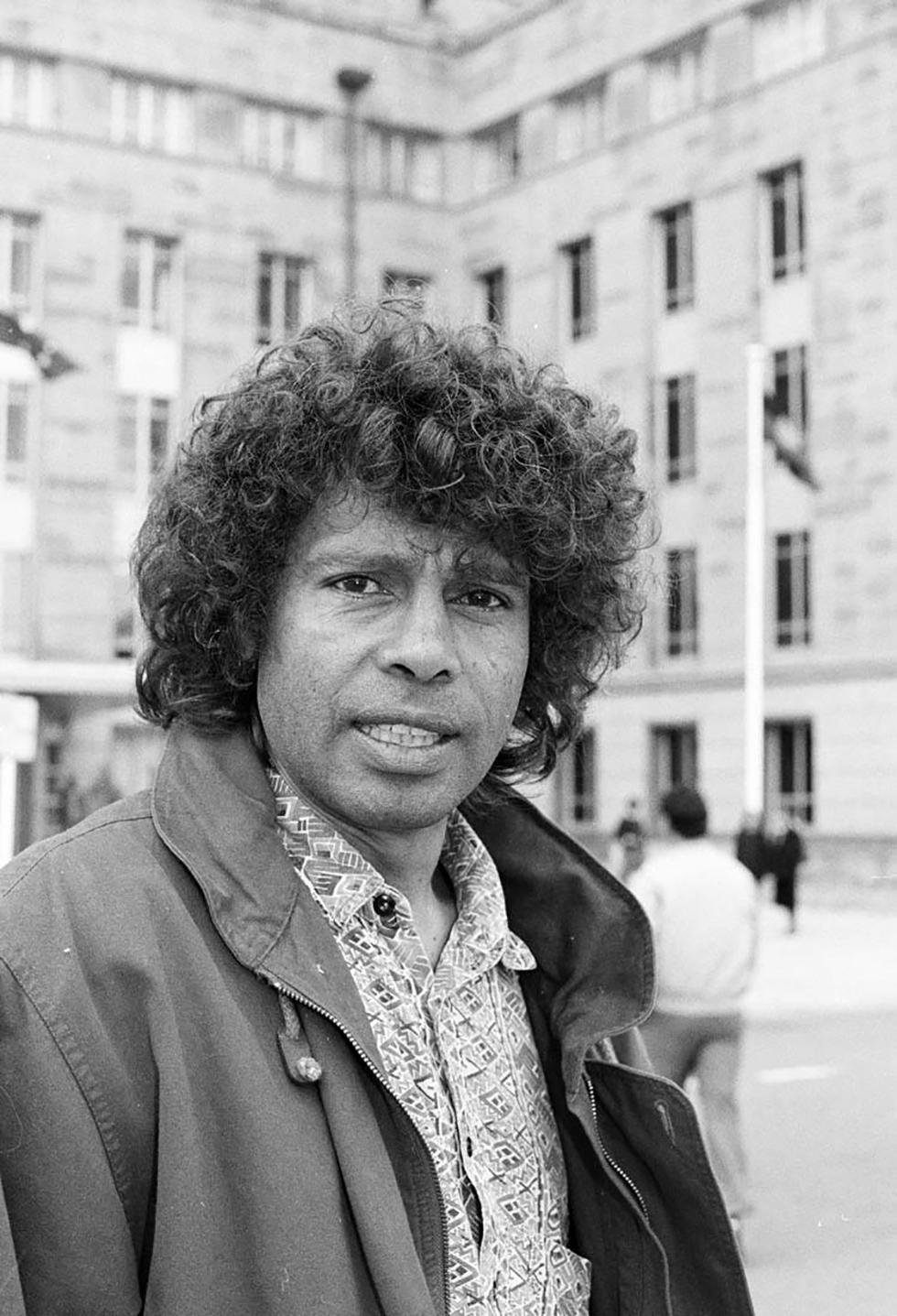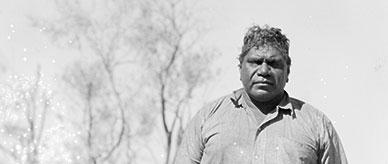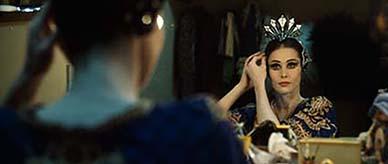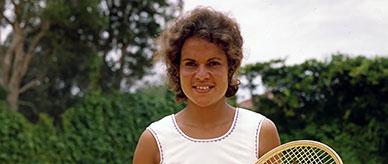


About this record
This black-and-white photograph shows the well-known Indigenous Australian actor and television presenter Ernie Dingo, standing outside the Department of Foreign Affairs and Trade in Canberra. He is shown from the chest up and is wearing a shirt and jacket. The photograph was taken by the Australian Overseas Information Service, possibly on 13 July 1992.
Educational value
-
This photograph of Ernest ‘Ernie’ Ashly Dingo (1956–) shows the then 35-year-old Yamatji man at the height of his career in theatre, film and television. By 1992, Dingo had performed in numerous plays, among them Kullark, The Dreamers and State of Shock, and his television acting and writing credits included The Dirtwater Dynasty, Fast Forward and Heartland. He also appeared in feature films such as The Fringe Dwellers, Tudawali, Crocodile Dundee II and Until the End of the World. He has hosted the television series The Great Outdoors since it began in 1992.
-
When this photograph was taken in 1992 Dingo's contribution to the dramatic arts was well recognised. In 1987 he won an Australian Film Industry award. In 1990 he became a Member of the Order of Australia (AO) in recognition of his services to the performing arts. In 1997 he was nominated as a 'National Living Treasure'. At the 2000 Sydney Olympic Games, Dingo narrated the Indigenous segment of the opening ceremony.
-
Dingo has become a household name in Australia, and his career in local television, as a consultant, cultural mediator, co-writer, translator, presenter and performer, has broken new ground in the medium's presentation of Indigenous Australians. Dingo has also helped pave the way for fellow Indigenous professionals in the Australian television and film industry.
-
Dingo is a Yamatji man from Western Australia and his language is Wadjarri. His traditional Aboriginal name is Oondamooroo. The surname 'Dingo' originates from his grandfather, a dingo trapper who was called 'Dingo Jim' by non-Indigenous people. When he died in 1948, authorities recorded his name as 'Jim Dingo'.
-
Dingo's career began in sport in the 1970s when he played basketball for the East Perth Eagles in the state league and for the Perth Wildcats. In 1978 he and fellow members of his basketball team formed the Middar Dance Group, an organisation devoted to promoting Aboriginal dance and culture.
Acknowledgments
Learning resource text © Education Services Australia Limited and the National Archives of Australia 2010.
Related themes
Need help with your research?
Learn how to interpret primary sources, use our collection and more.




